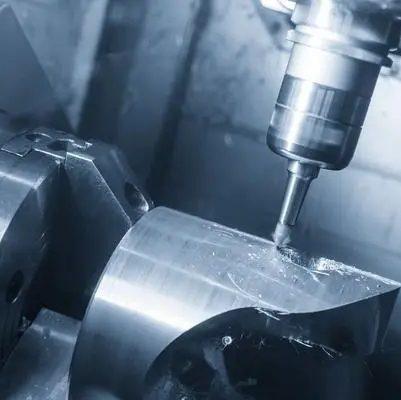In the subtractive manufacturing process known as CNC machining, material from a workpiece is removed in order to form it into the desired shape. CNC machining can be used to create a wide range of objects, from simple to complex, using a number of materials, such as metals, polymers, and ceramics. There are many different types of CNC machining techniques, each with its own benefits and drawbacks. The most common types of CNC machining processes include:
- Drilling: When drilling holes into a workpiece, a spinning cutting tool is utilized. The cutting tool can be moved in a number of ways to create holes of different sizes and shapes. Drilling is a very popular technique that may be used to create a wide variety of items.
- Milling: During the milling process, a spinning cutting tool removes material from the workpiece. The cutting tool can be moved in a variety of directions to produce a variety of forms and properties. The milling process is quite flexible and can be used to make a wide range of objects.
- Grinding: In the grinding process, material from the workpiece is removed using a rotating abrasive wheel. Grinding is widely used to produce products with exact tolerances and great surface finishes.
- Electrical discharge machining (EDM): Using an electrical spark, the material is removed from the workpiece during an EDM technique. EDM is a very flexible technology that can be applied to the production of objects with complex features and shapes.
- Turning: To remove material, a workpiece is rotated against a stationary cutting tool during the turning process. The cutting tool can be moved in a variety of directions to produce a variety of forms and properties. Turning is a relatively efficient process that is often used to create cylindrical components.
The benefits and drawbacks of various CNC machining processes vary. Knowing the many CNC machining techniques will enable us to choose the one that will produce the best components for the work at hand at the lowest cost. The wrong CNC machining processes can lead to costly mistakes like tool breakage, poor surface smoothness, and non-conforming parts.

